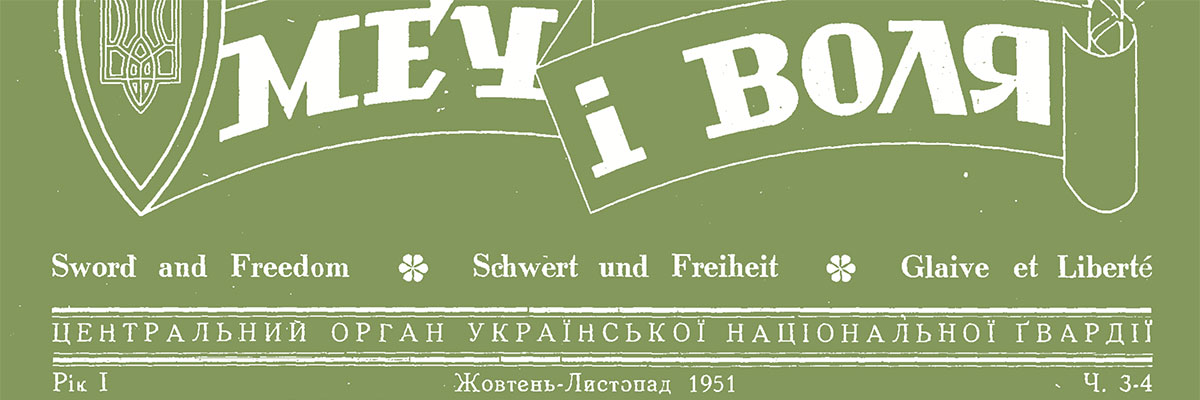From the violent political upheavals in Ukraine in the 1930s and 1940s some 200,000 émigrés emerged, choosing to live in exile in Germany and other Western European countries after World War II instead of returning to the Soviet Union. Wherever they settled, they began organizing around civic, educational, and cultural interests, producing newsletters, pamphlets, and other documentation to connect and inform their various communities.
In 2015, the Slavic and East European Materials Project at CRL (SEEMP) completed digitization of the Ukrainian Émigré Press Collection, encompassing some 90 titles published between 1945–1954, and now dispersed in holdings at Harvard University, the University of Toronto, and the Ukrainian Free Academy of Sciences in New York City. These publications provide texture and detail about how a group of displaced people carried on with their personal and professional lives in the first decade after the war, including holding art exhibitions in refugee camps or compiling a guide to opportunities for continuing medical training in Germany.
“Some of the titles had limited runs and were in poor condition, making them difficult to access or decipher,” said Judy Alspach, CRL’s area studies program manager. “In digitized format, scholars will have a clearer view into the daily lives of these émigrés.” “CRL’s role in uniting these three distinctive holdings was incredibly important,” said Ksenya Kiebuzinski, Slavic resources specialist at the University of Toronto Libraries. “The holdings for any one title can be scattered across several institutions—from Toronto, to Cambridge, to New York City, to Munich,” she said. “The CRL platform allows us to unite the journal titles under a single access point."
